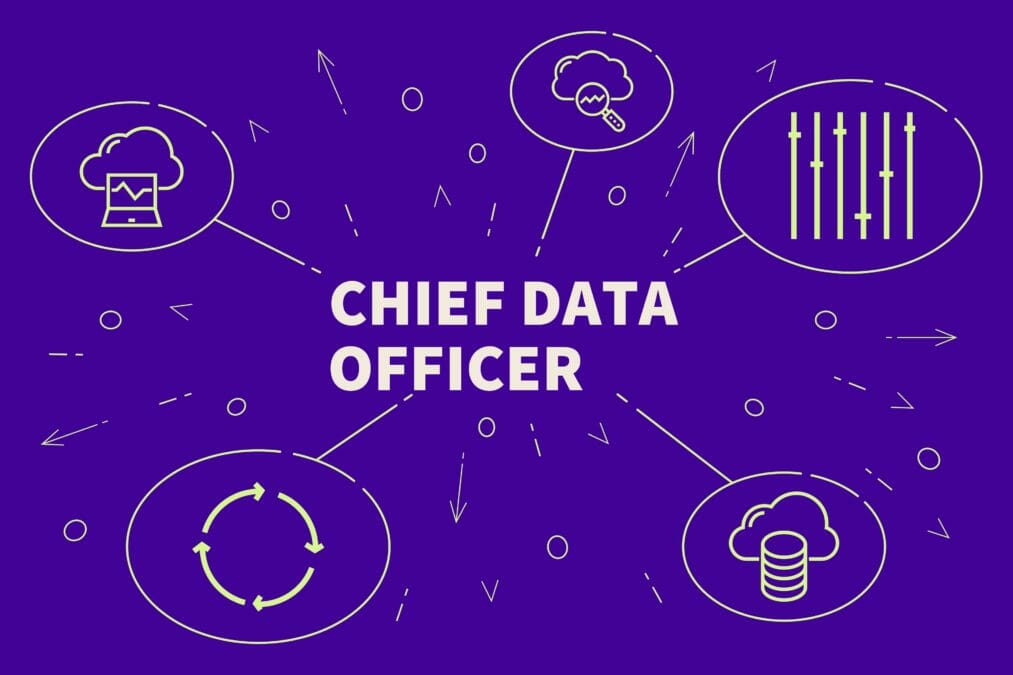Concerns about data privacy aren’t going away: this is a good thing.
For many businesses, data privacy has been an ongoing debate about who owns what data — especially regarding customers or partners — and how that data should be cared for and (of course) used to help the business succeed.
Answering these questions underpins the whole foundation of how we should use data in business — and the value we put on it.
As the amount of data flowing through business increases and the pace of decision-making accelerates, data management has become ‘the’ hot topic for boards. So, it’s truly surprising, in my own direct experience, how many companies cannot even come to an agreement about the fundamentals of best practice for data.
Companies need help setting up systems and strategies for good data governance, and they need these as quickly as possible because the volume of data continues to swell and rise.
This makes balancing the needs of customers, business users and stakeholders more critical than ever. Governance is as vital, but so are the needs to democratise access to data to let organisations thrive.
So, who can businesses turn to craft and maintain this delicate balance? Look no further than the chief data officer.
The chief data officer part 1: Case studies from those on the frontline
The rising clout of the chief data officer
Today’s influx of data has carried the role of the chief data officer (CDO) up river into the c-suite.
According to research by NewVantage, in 2012, just 12% of Fortune 1000 companies had a CDO. By 2018, 67.9% of surveyed firms reported having a CDO.
While most business leaders view the role of the CDO as integral modern business, there are some grey areas about the role’s parameters. For example, how much data governance responsibility should the CDO have? Whom should they report to?
Lack of clarity of where the CDO role sits within an organisation stems from the fact that the role of the CDO has evolved over the years. Once a role that’s main responsibility was technical in nature about handling users’ requests and analysing data within isolation, now the CDO is more publicly exposed. The CDO occupies an important seat at the top table, leading an organisation’s governance efforts by monitoring the usage of data and holding everyone accountable against industry regulations.
Data professionals want to do the right thing. Professions like law and medicine are bound by ethical codes. How far should data professionals apply the same principles? If you are a chief data officer how might you frame a code of ethics for your organisation? How might you design and implement governance processes around the use of personal data?
With the issues of balancing trust and governance of data remaining hugely important, the CDO’s primary role is to monitor that fast flowing and expanding river of data. However, how can they ensure that they are keeping up with the rate at which data analytics is developing?
The chief data officer part 2: Opinions from those on the frontline
Power to the people
There has been a pendulum swing within the business intelligence (BI) industry over the past 10-15 years. BI experts used to control everything, and the end user had little to no control over the reporting process and what insights were derived from the datasets.
Recently, the pendulum has swung the other way from the experts to the novices and end users. We are now operating in an era of pervasive and unbound data management. Thanks to the advanced development of BI tools over the past handful of years, BI tools have created an ecosystem of ‘do it yourself’ analytics where the ability to explore and analyse is no longer controlled by a single individual.
The downside is that, BI tools triggered a revolution of self-service analytics that in turn created chaos where everyone is playing with data and coming up with different insights.
So how should the CDO strike the right balance? If they impose too strong a level of governance no one has the flexibility to be their own data explorer. This is disempowering and demotivating to employees. It also means that ad-hoc data insights are missed; often these are the most valuable in a business.
The IMDA: two years on — “trust and innovation are two sides of the same coin”
Building trust within your data
Effective chief data officers do share access to data. But it can still be hard for users to find and trust they are using the right data in the right way. This can then waste time, create duplicates in the data, and even lead to inaccurate analysis based on bad data.
An example of a BI tool that can help achieve this balancing act is Tableau’s Data Catalog, which helps build trust in the data by easily providing a complete view of the data being used across your organisation.
This gives the CDO complete oversight by letting them see what data and analyses are particularly popular. A catalog crowdsources the popular information and promotes better cross-collaboration.
Once you have enabled those data sources to be available and by keeping them within the same overarching environment, employees can have access to the datasets and insights. As the CDO, you have a full audit trail of what is going on, allowing your organisation to be highly governed. This prevents people from wading into data misuse and misinformation while also giving wide access to data.
The future of the CDO: Chief data officers need to sit near the top
Concerns for compliance
When it comes to regulations and GDPR, many organisations are only just starting to address these issues of compliance.
How can organisations pick up the pace here? It is important that the enterprise-wide digital strategy encompasses best practices for effective and ethical data management. A CDO can be the force for pushing these strategies forward.
According to research from KPMG, having a chief data officer, either in a dedicated or acting role, helps. Organisations are over twice as likely to have a clear, enterprise-wide digital strategy if they have an appointed CDO.
It is the role of the chief data officer to serve as trusted partner to the c-suite and key business stakeholders focused on the customer, enterprise risk management and regulatory compliance.
With that being said, compliance doesn’t need to stand in the way of productivity and monetising data. Compliance can be a catalyst for data monetisation and sustaining a multifaceted data strategy that drives the bottom line.
Data-led approach for all
In order for a data-led strategy and approach to work successfully, data literacy and the elements of a data culture need to be established and pushed widely across the business.
If you are an organisation that treats data as an asset, you are going to need to train your employees in data. This isn’t a process that will happen overnight but one that will be vital in sustaining the strategy.
As more business leaders start to understand the value of prioritising data in their organisations, chief data officers, CTOs and CIOs must adjust their approach and start to think smart about how they control and influence technology within the business, in turn while balancing trust and governance of data.







